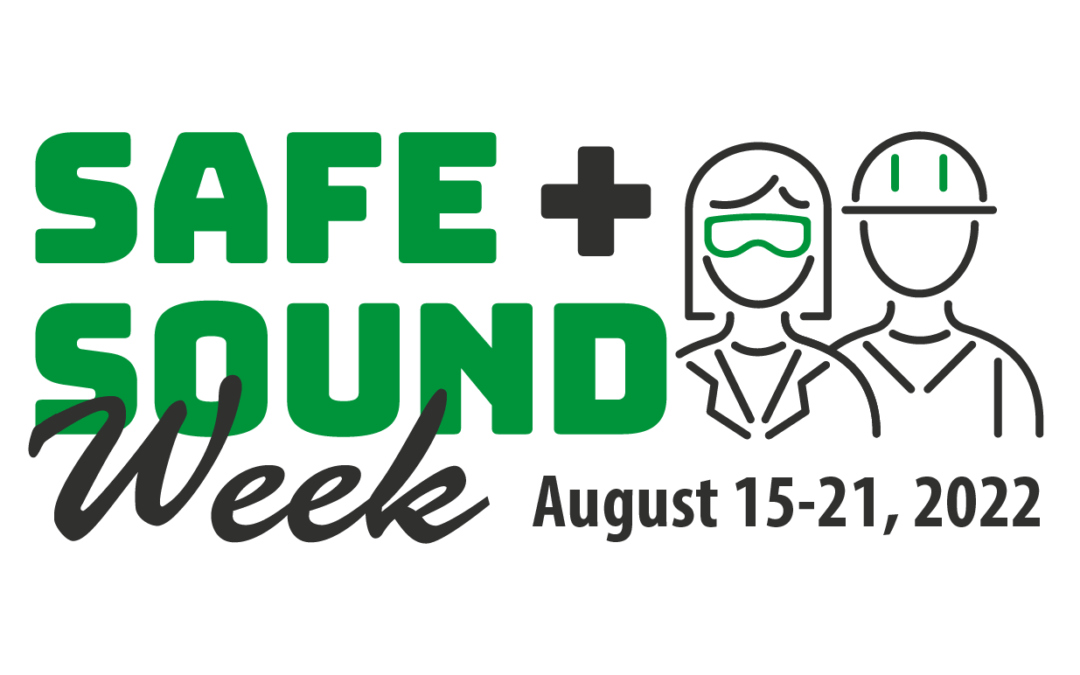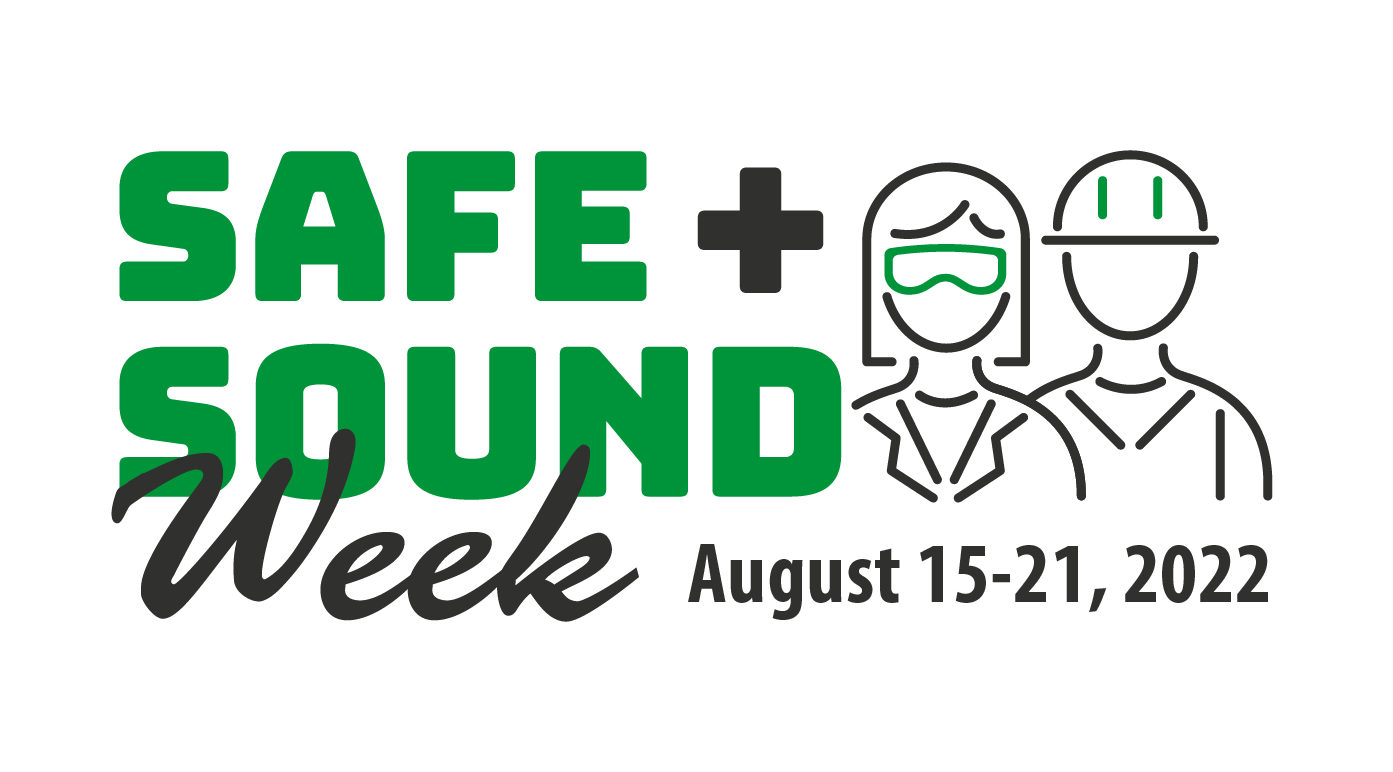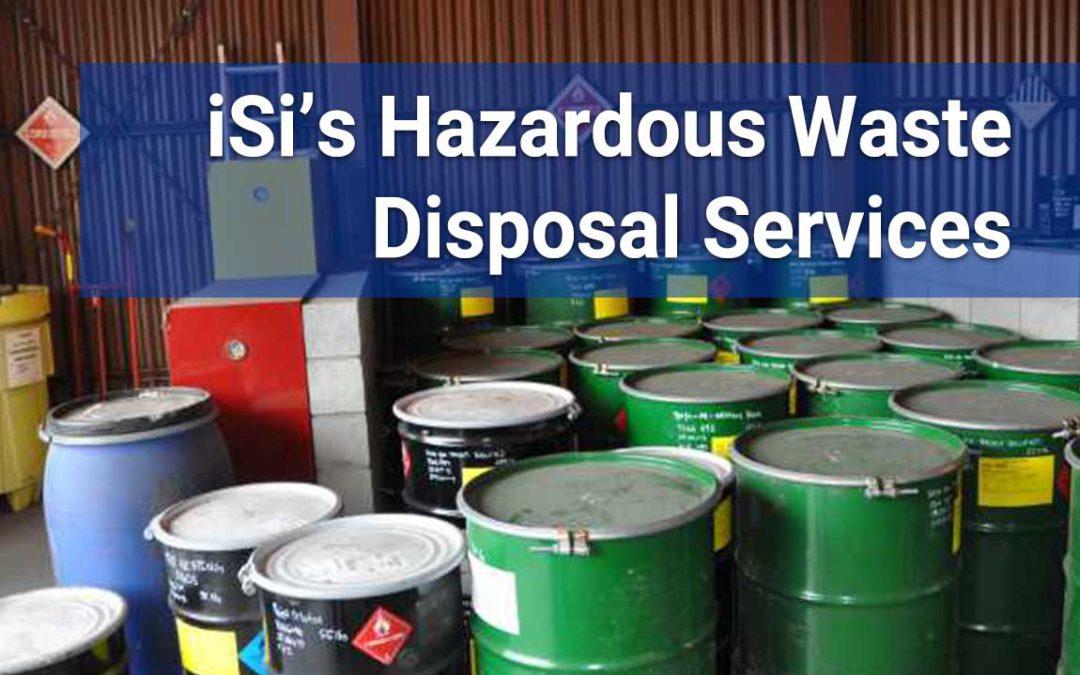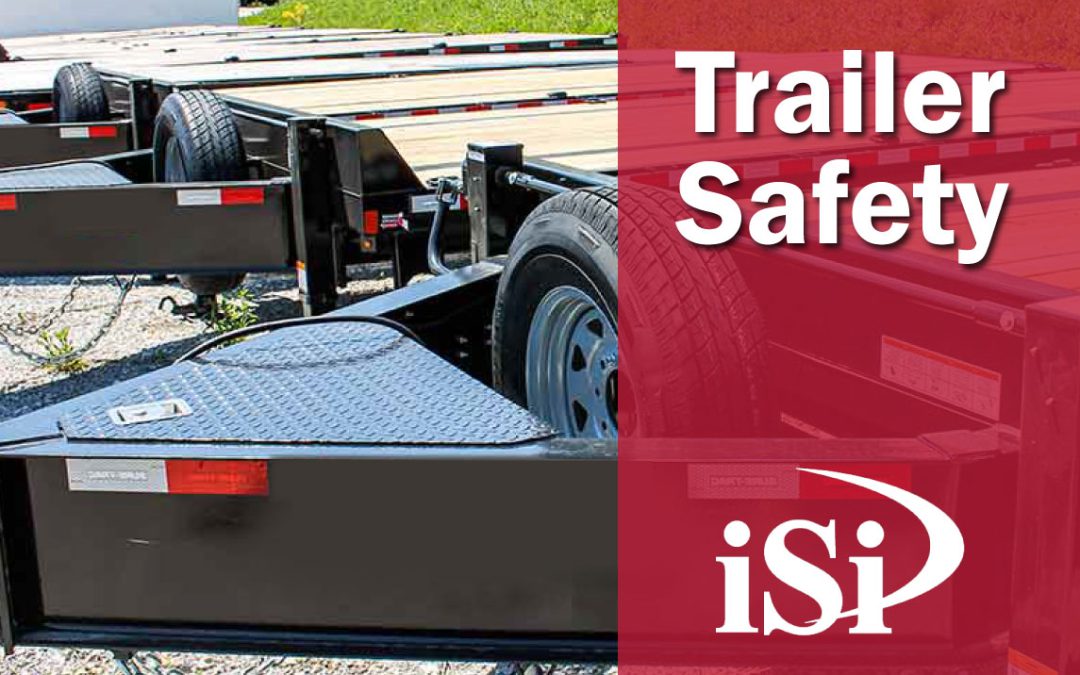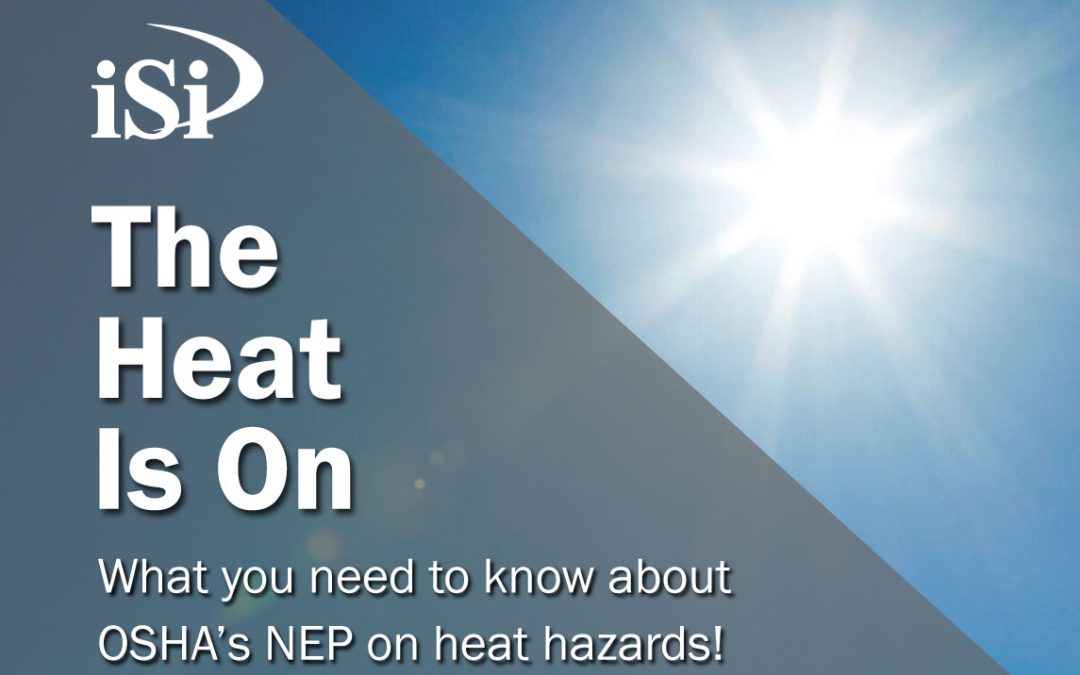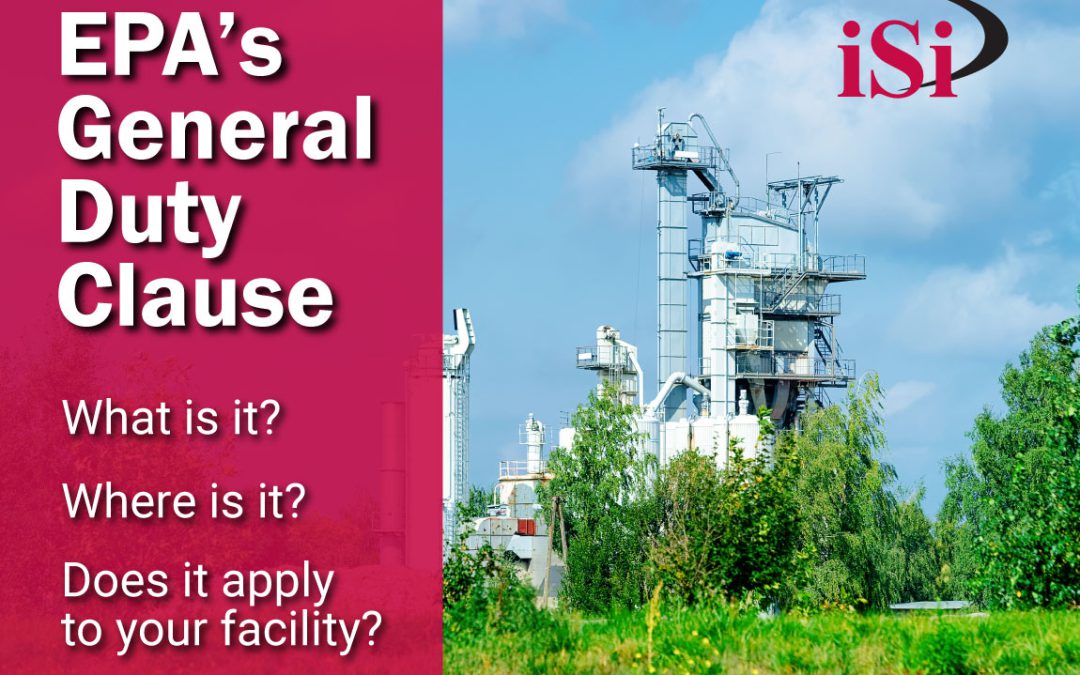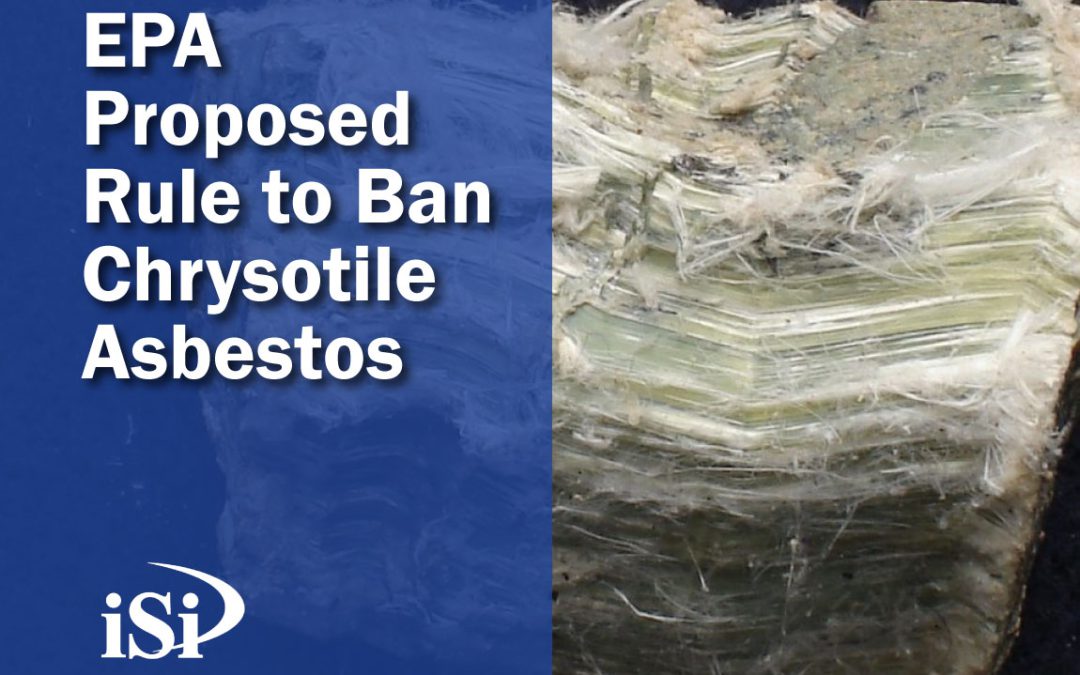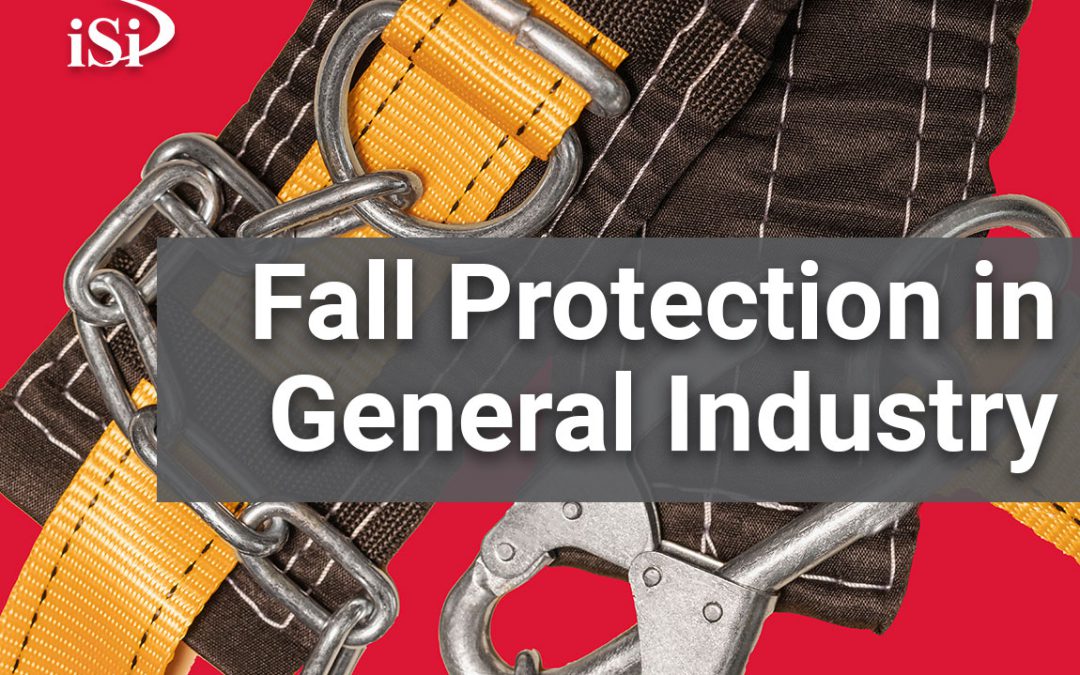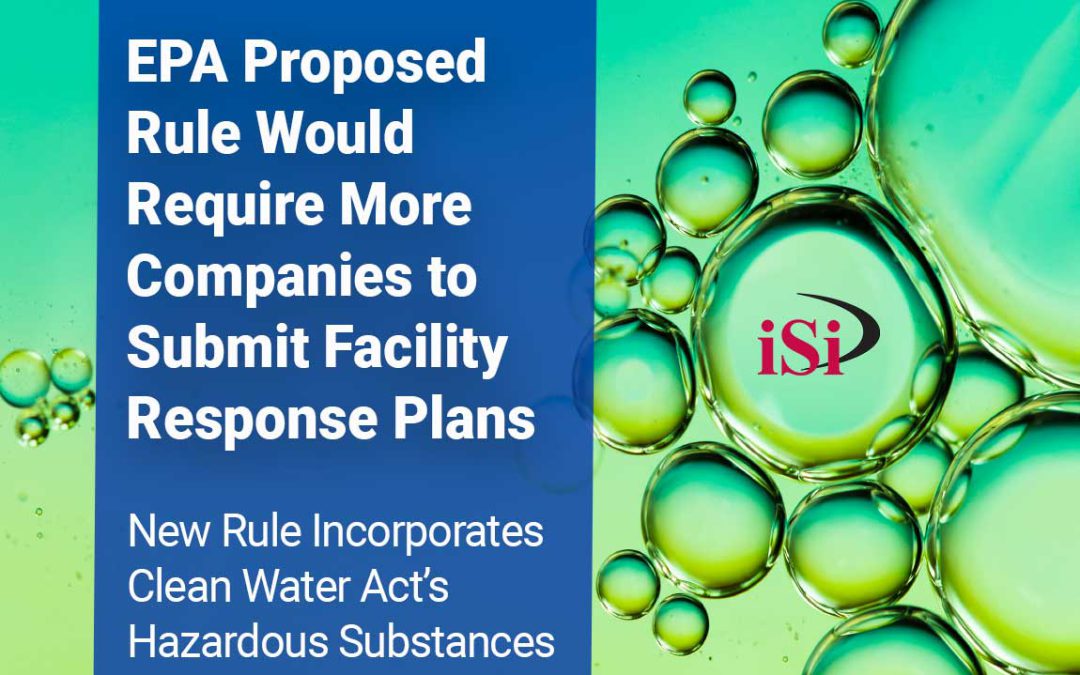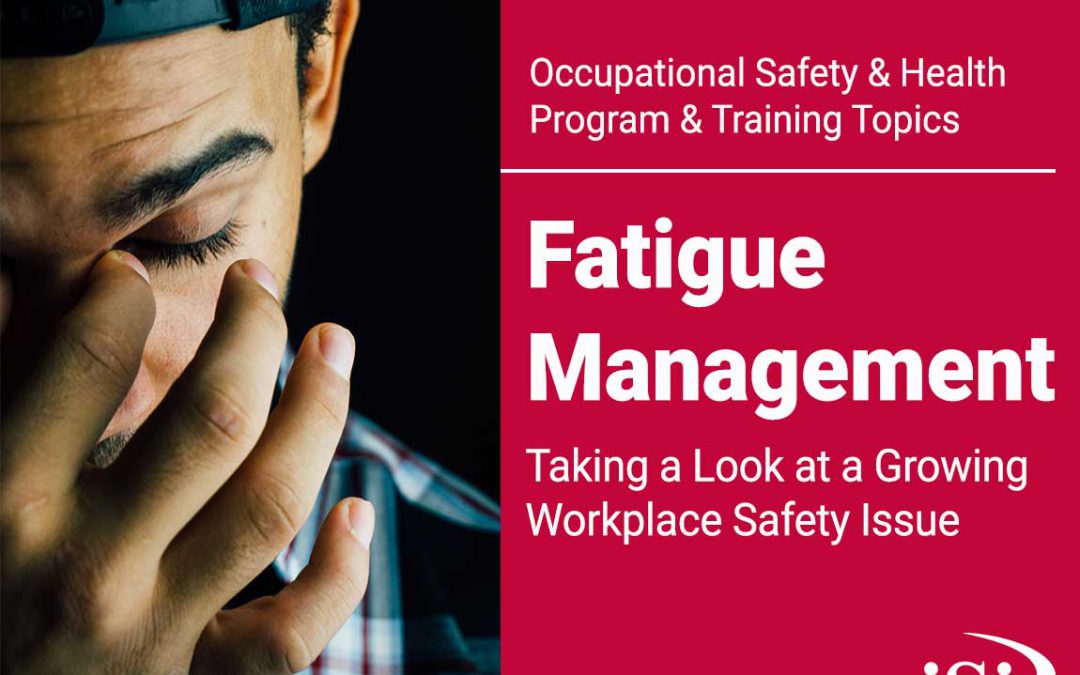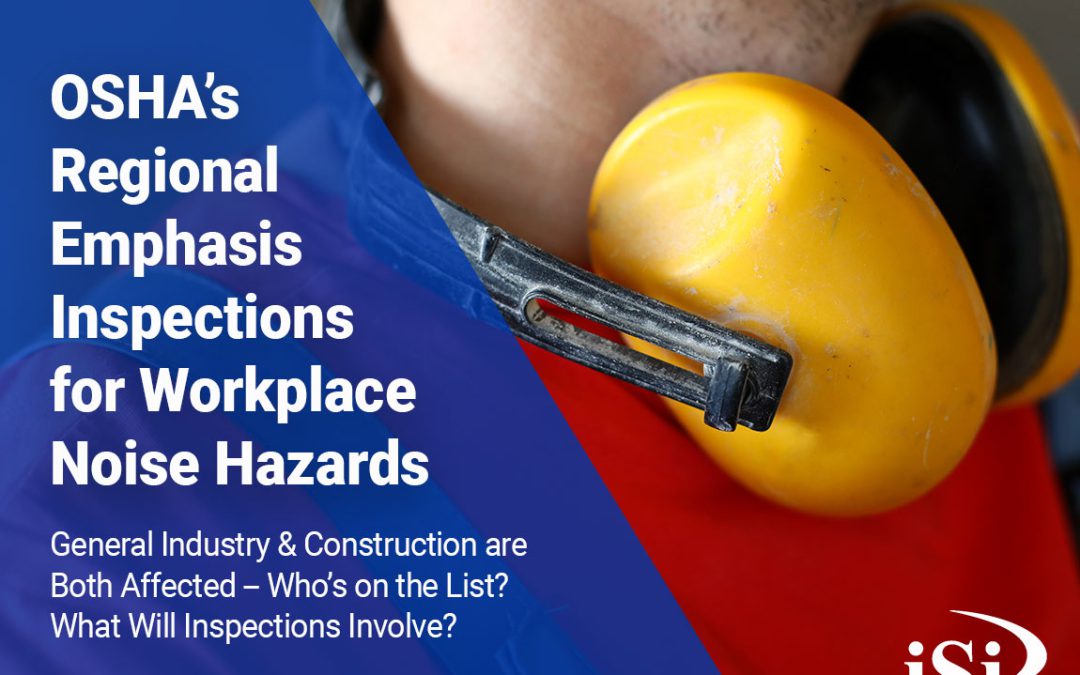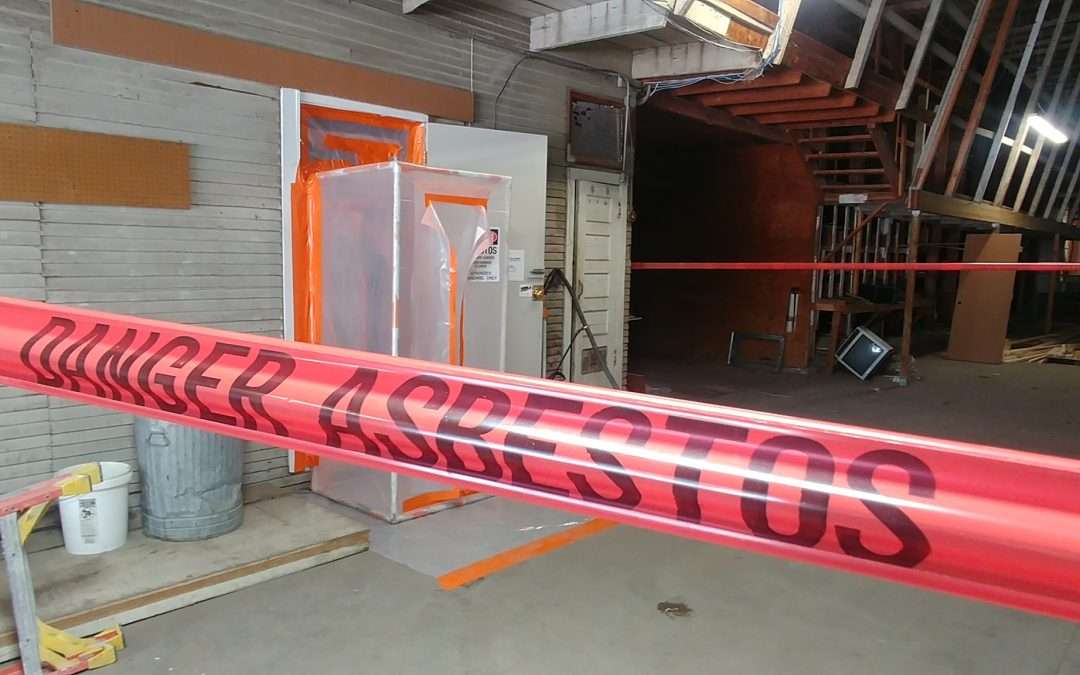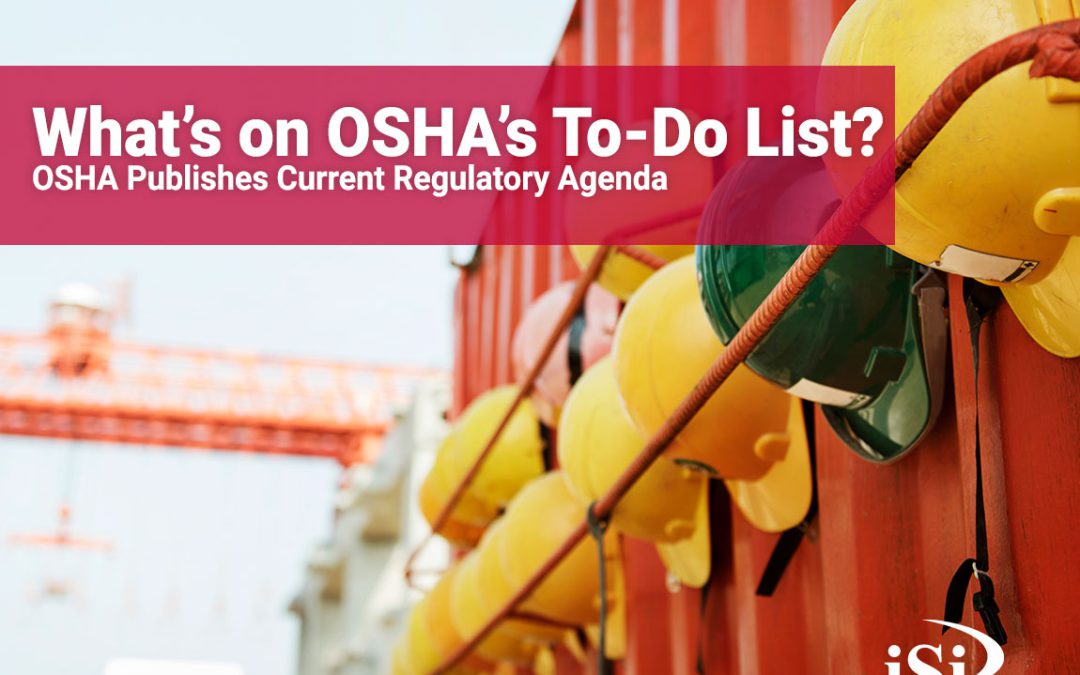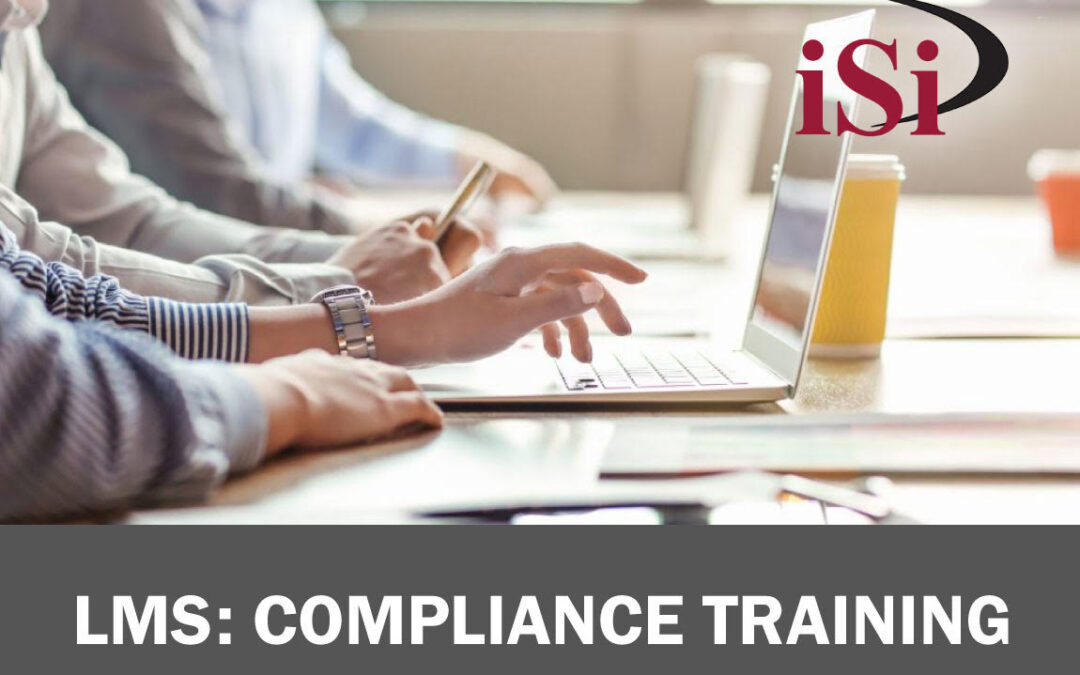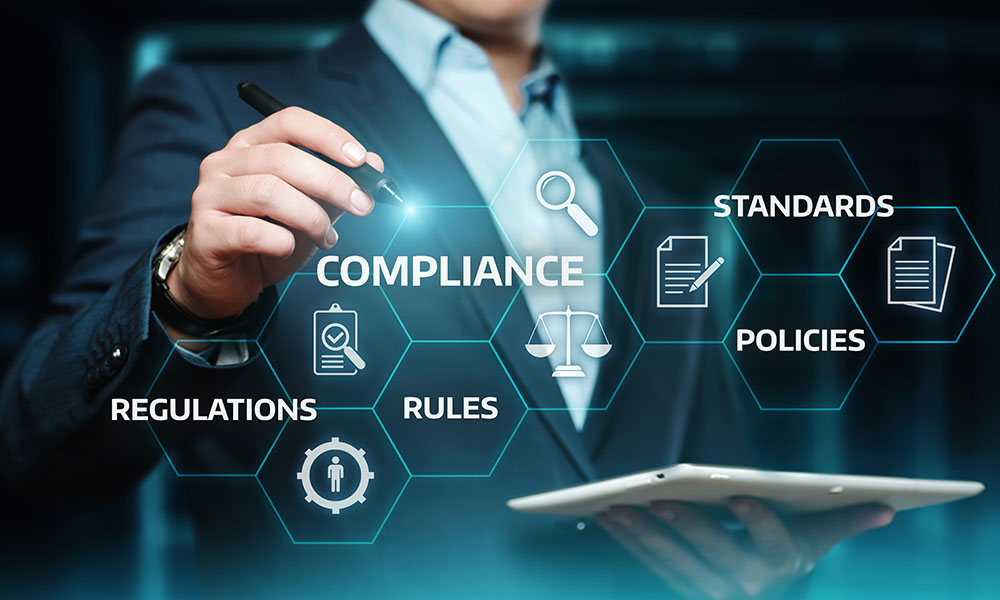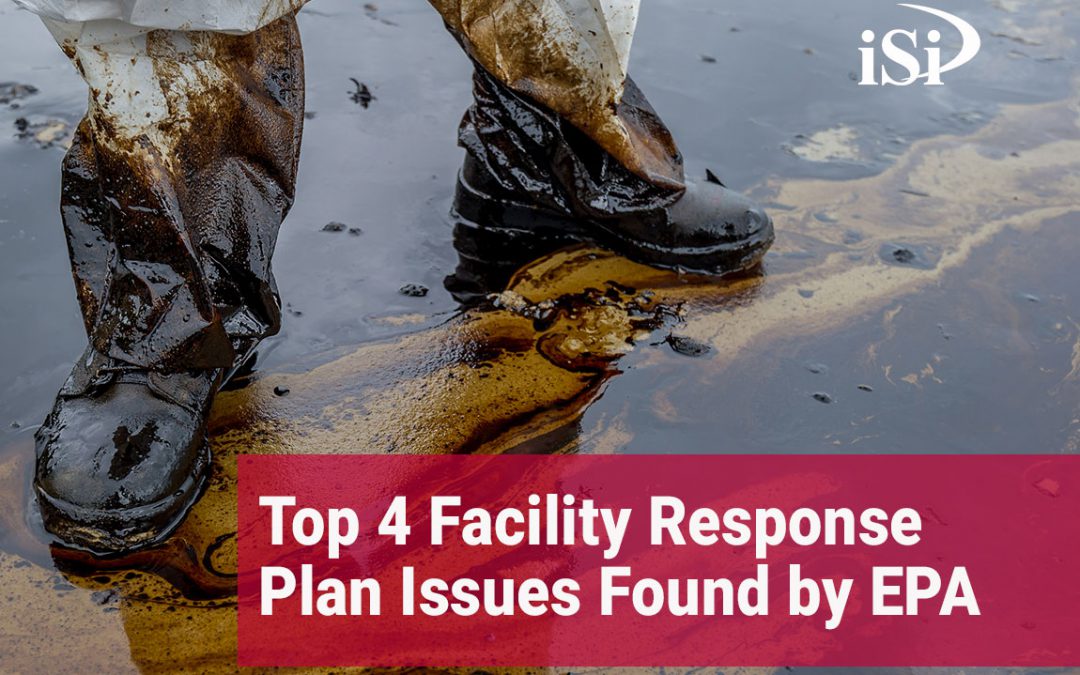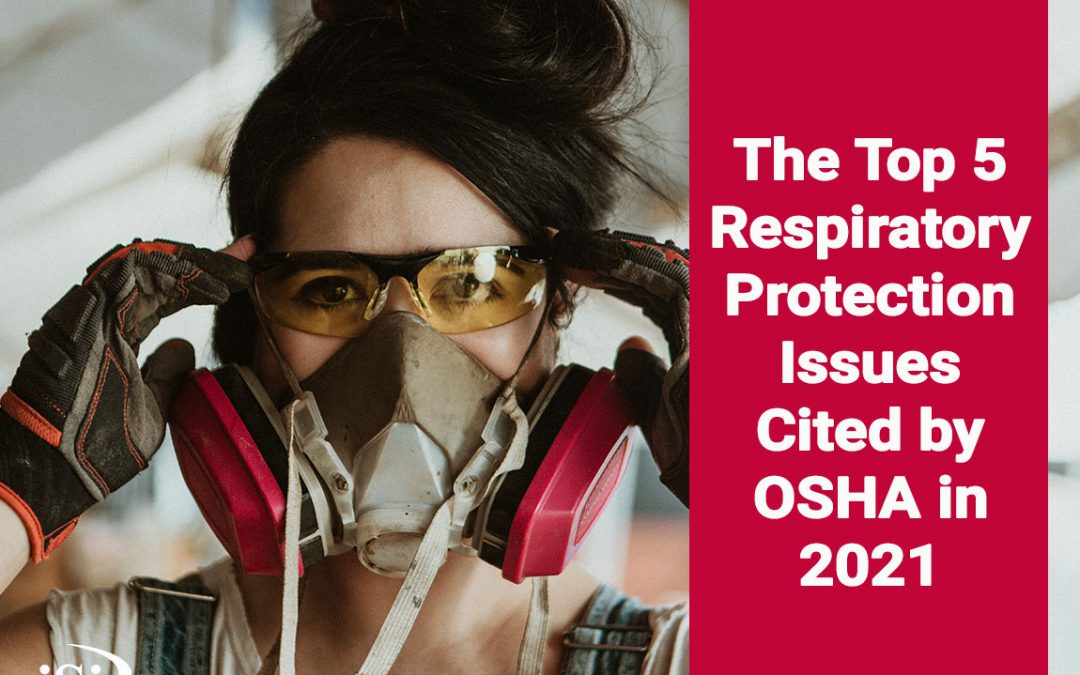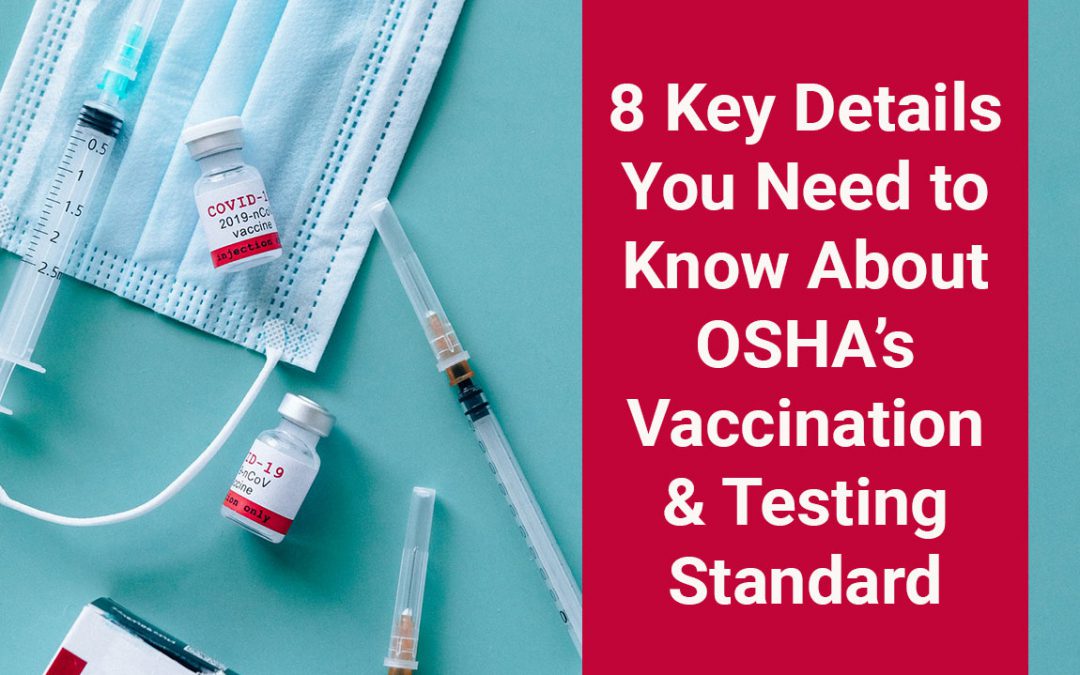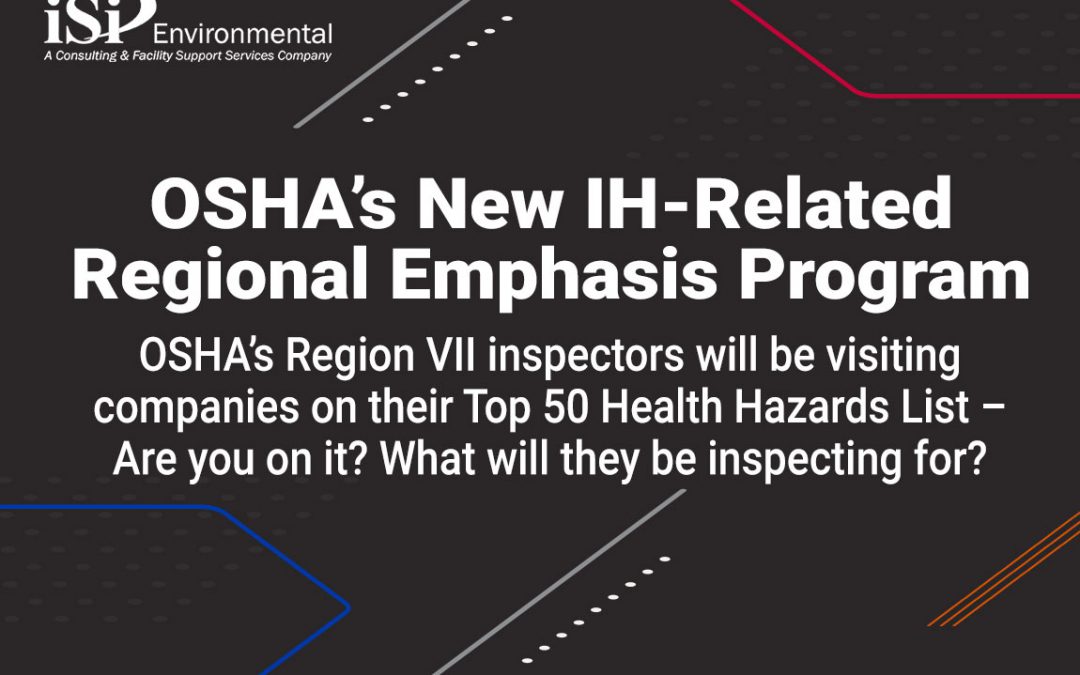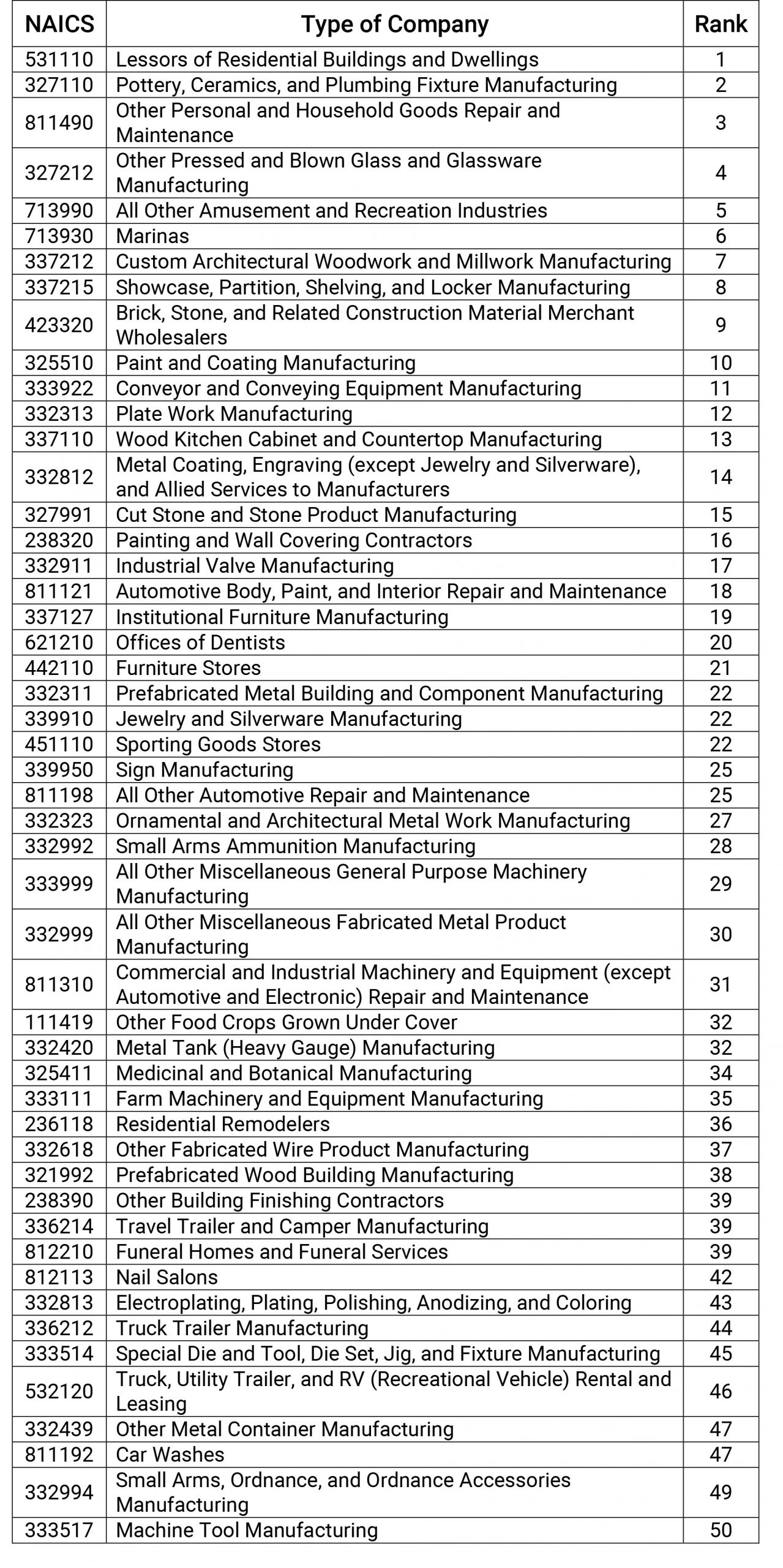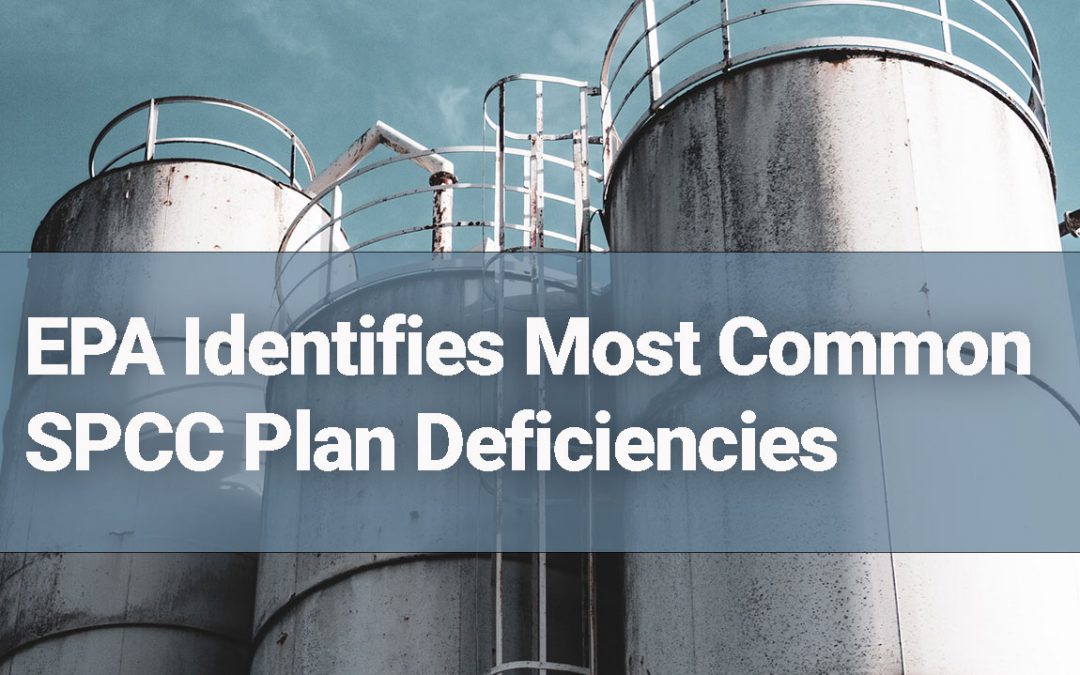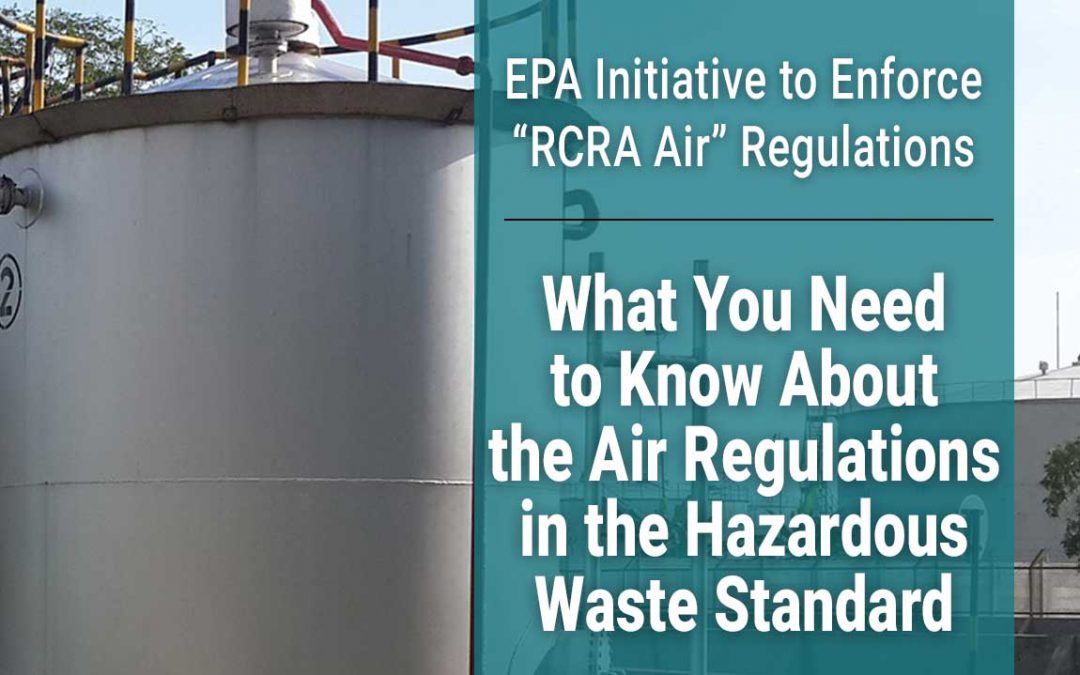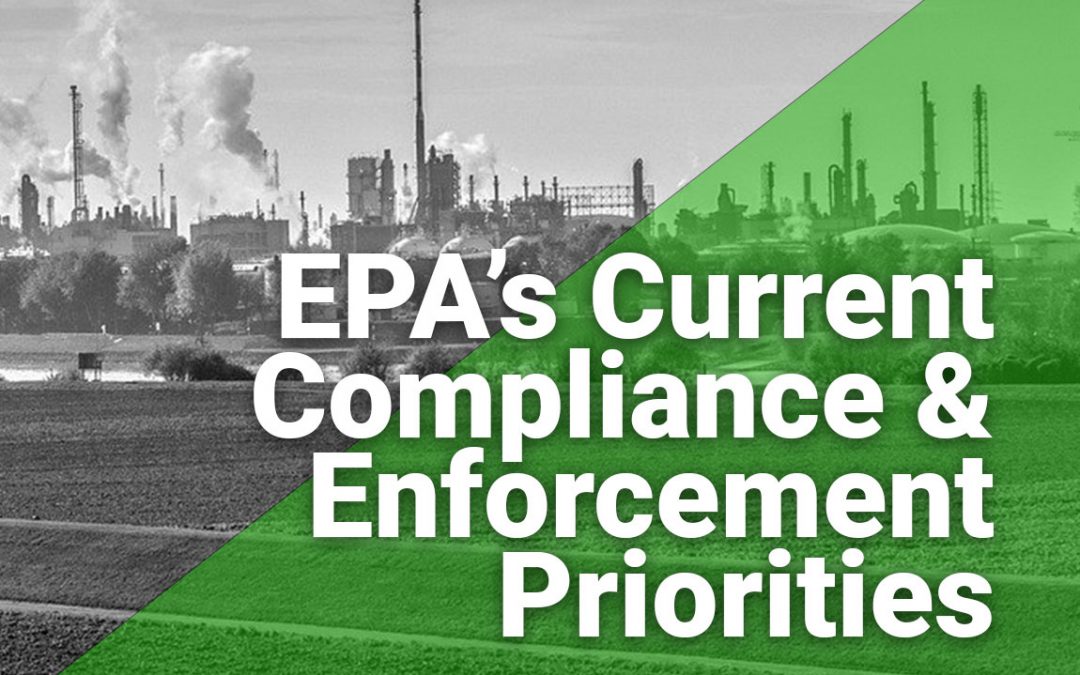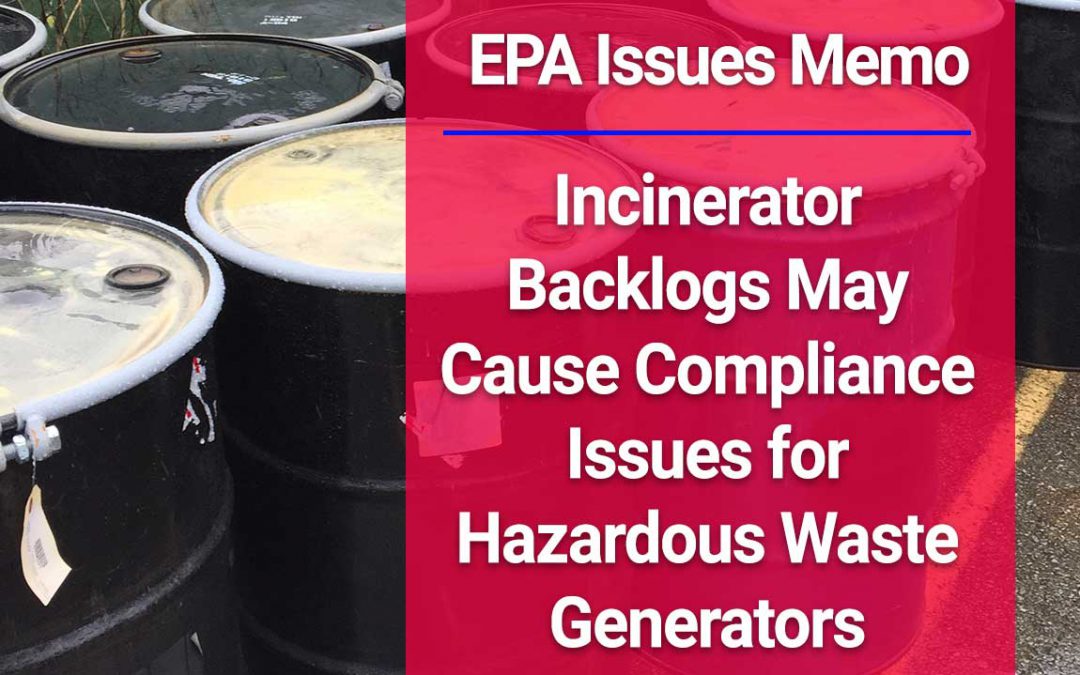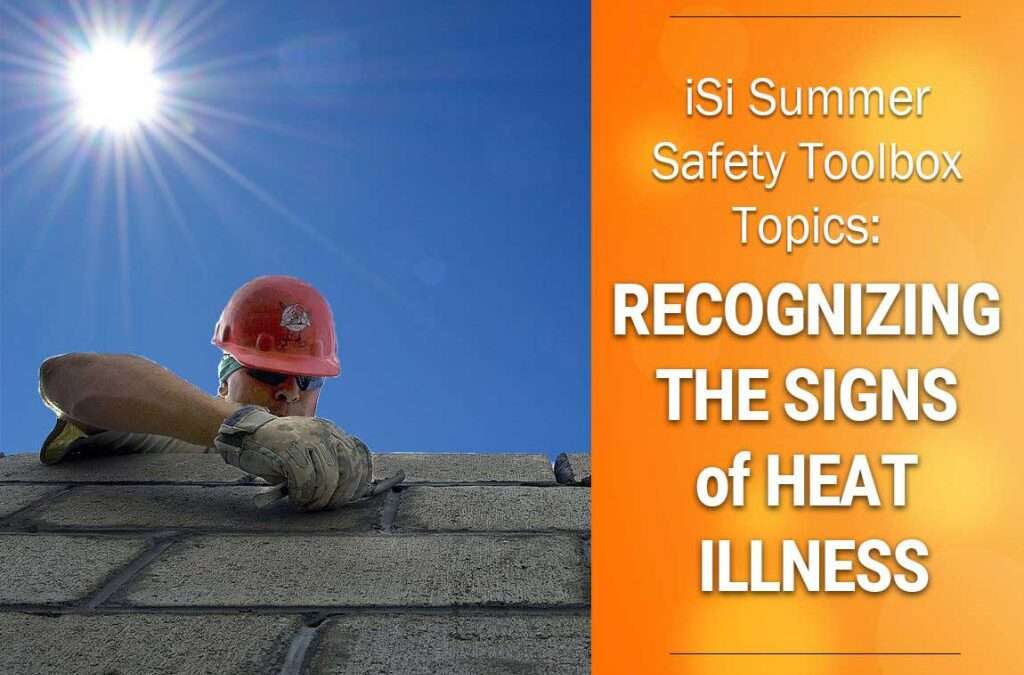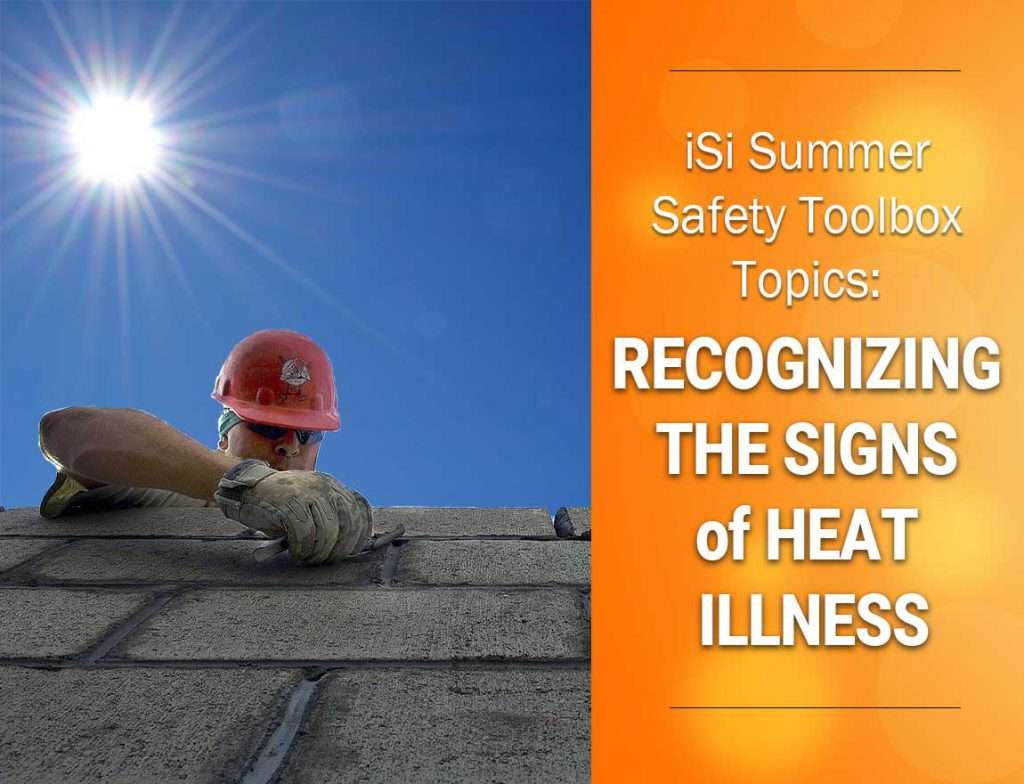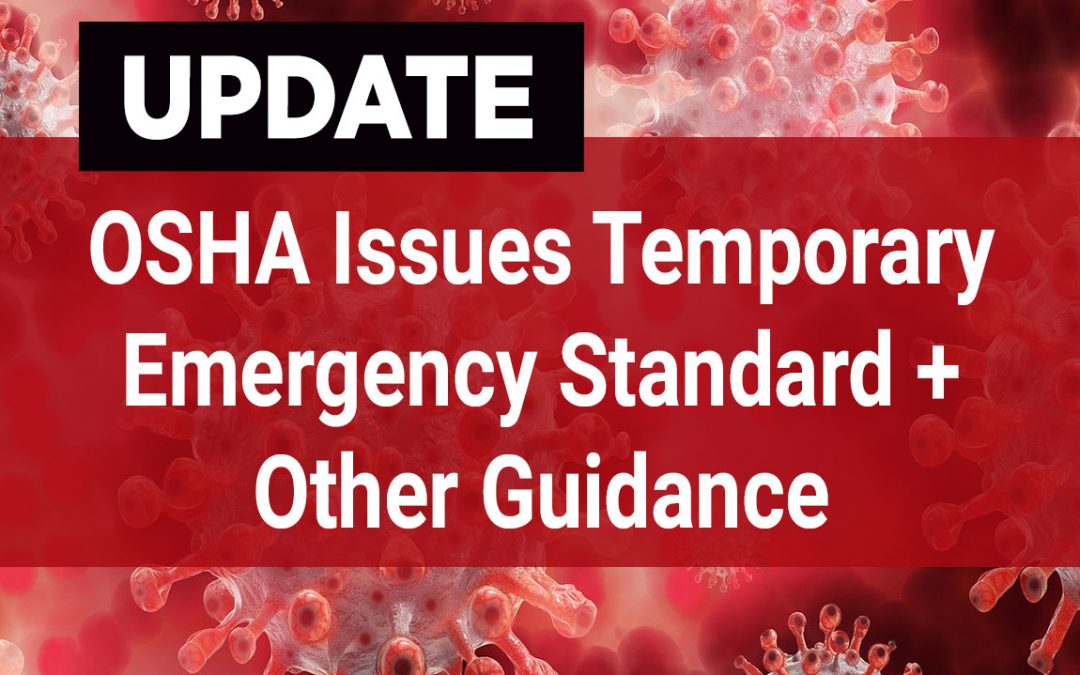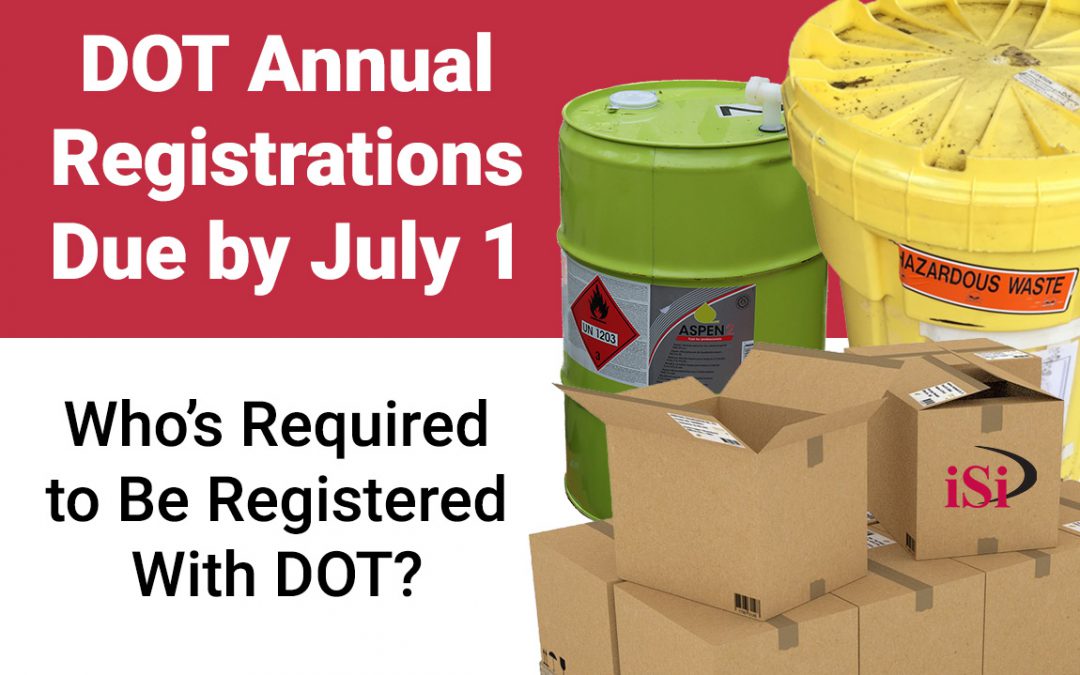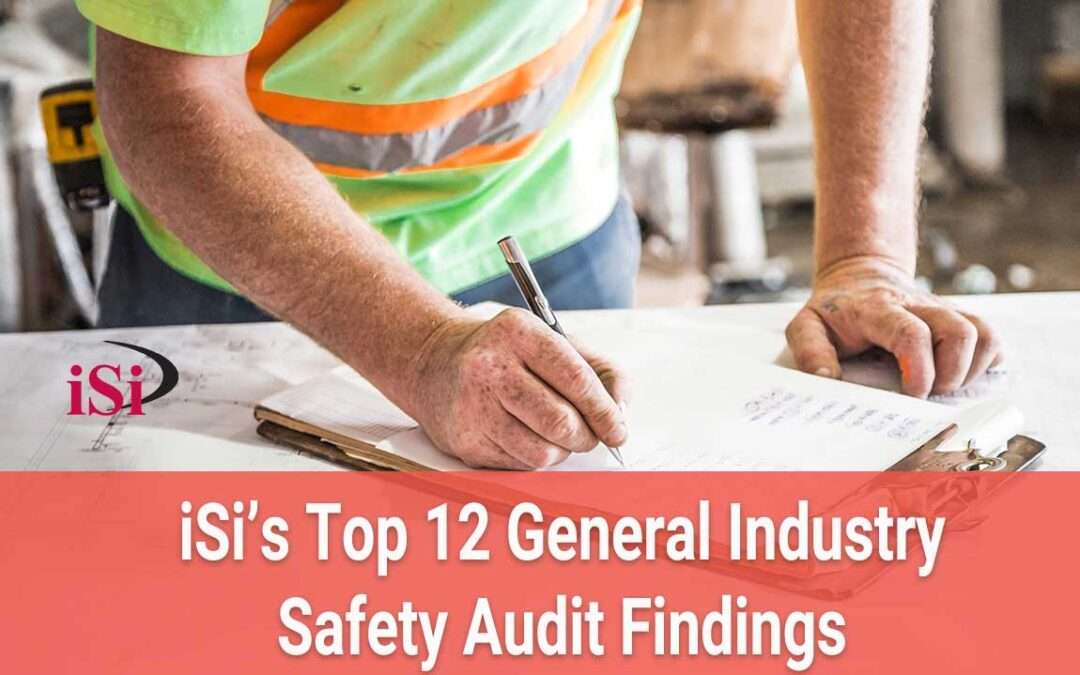
iSi’s Top 12 General Industry Safety Audit Findings
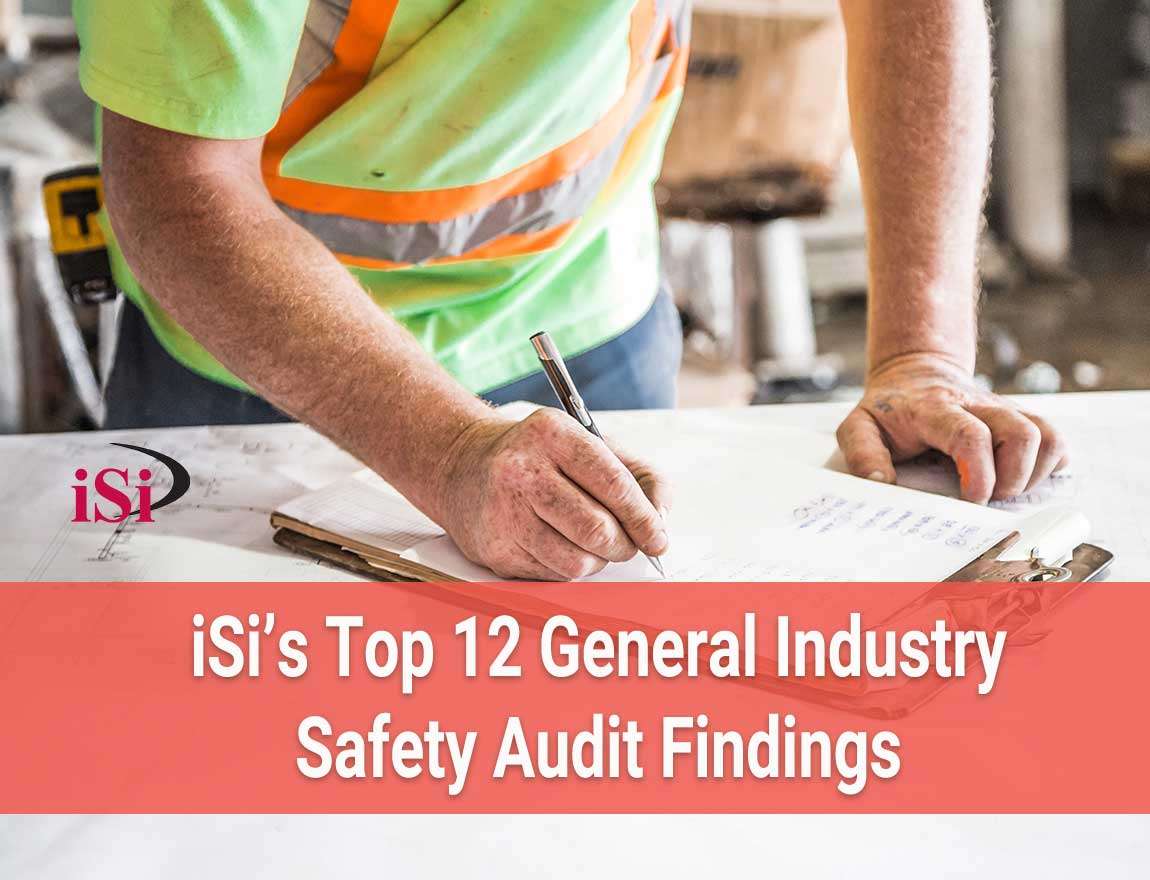
Safety regulations are enforced by OSHA, and in some states such as California and Indiana, by a state safety agency. How do you make sure you have your bases covered? A safety audit can determine your current status and what your vulnerabilities are. iSi’s general industry safety audits are conducted like a mock OSHA inspection for the 29 CFR 1910 general industry regulations. There is a wall-to-wall walkthrough, a records review of written programs, training programs, and past inspections, and interviews with employees.
Some of the below cited items start in the OSHA regulations, but detailed actions are prescribed by other regulations such as the National Fire Protection Association (NFPA) or American National Standards Institute (ANSI) Standards. Others are based on items we see our clients cited for in OSHA inspections which we have added to our audits.
The following are our top 12 specific findings we see most when we do our general industry safety audit.
12. Safety Showers and Eyewash Stations
Facility safety showers and eyewash stations are not being inspected on a regular basis. 1910.151(c) discusses suitable facilities, but ANSI standard Z358.1-2014 specifies weekly visual inspections of both showers and eyewash stations.
11. Lifting Slings
We find that often there is no formal program in place to conduct a periodic inspection of all lifting slings. This must be conducted annually. 1910.184 includes guidance on the use of slings and item (d) covers inspections.
10. Machines
At number 10 is fixed machines. We find fixed machines are not securely mounted to the floor or the bench top to prevent them from “walking.” 1910.212 is the standard for all machines and machine guarding. Item (b) covers the anchoring requirements.
9. Personal Protective Equipment (PPE)
PPE evaluations and hazard assessments must be conducted for each task. We find that these are either not conducted or not documented. The potential for workplace hazards must first be assessed and if PPE is needed, PPE must be selected, communication decisions must be communicated to affected employees and PPE must be fitted to each employee.
A written certification must be created which identifies the workplace evaluated, the person certifying the evaluation, the date the assessment was conducted, and signification that the document is a certification of hazard assessment.
These rules are found in 1910.132(d).
8. Fire Extinguishers
Are your fire extinguishers mounted too high, not mounted at all or are they blocked from access? 1910.157(c) is the standard which covers this issue.
7. Emergency Lighting
Emergency lighting, in many locations, is not being tested every 30 days for 30 seconds or for 1.5 hours annually. Lighting can be found in Subpart E, Means of Egress, Maintenance, Safeguards, and Operational Features for Exit Routes, 1910.37(a)(4) and the NFPA 101 Life Safety Code 7.9.3.1.
6. Lamps
We find that lamps less than 8 feet from the floor are not protected from accidental contact. Lamps need to be guarded and protected from accidental contact. This can be found in 1910.305(a)(2)(ix). Although a particular height requirement is not specified in this regulation, you should consider the reach of your tallest employees and length of the parts and/or tools being used in the area.
5. Forklifts
We see many issues with forklifts. The most common issue we find with forklifts no documentation of daily inspections, or no inspections being conducted. However, more recently we have been seeing issues with employees not wearing seatbelts, controls where the labeling has worn off, the use of non-factory attachments, and not updating data plates, tags and decals with revised capacity, and operation and maintenance data. Forklift standards are found in 1910.178.
4. Grinder Wheels
Machine guarding issues are a common item we see. One of the most prevalent ones relates to grinder wheels. The gap between the grinder wheels and the work rest plate should not be more than the maximum allowed 1/8 inch. The adjustable tongue guards shouldn’t be more than the maximum allowed 1/4 inch from the tongue guard. These regulations can be found in Subpart O, Abrasive Wheel Machinery, 1910.215(a)(4) and (b)(9).
3. Electrical Panels
With electrical panels, we often see the minimum required areas of clear space around the panels is not being maintained. Sufficient access must be maintained for safe operation, access, and maintenance. The rules, including a distance chart to help you determine proper clearances can be found in Subpart S, 1910.303(g).
2. Hazard Communication
Within the hazard communication (hazcom) standard, there are requirements for secondary containers. We find many secondary containers of hazardous chemicals are not labeled correctly or have illegible writing on them. The regulation comes under the “labeling” section of 1910.1200. All containers, either primary or secondary, need to be labeled and contain product identifier and words, pictures, symbols or a combination of them. Portable containers, that is, containers you transfer chemicals to and intend for immediate use are not covered by this requirement.
1. Access to Medical Records
The number one item we find in our audits relates to access to medical records. Employees are required to receive information on their access to medical records. This is required initially upon hire, and then annually thereafter. The regulations can be found in 1910.120(g)(1). Included with this requirement is notifying employees the existence, location and availability of records covered by 1910.120, the person responsible for maintaining and providing access to records, and each employer’s rights to access those records. As an employer, you need to keep a copy of 1910.120 and its appendices and make copies readily available, upon request, to employees.
This information can be covered within your annual training classes, or can be a written notice of information in an email, or a memo that is posted with your OSHA logs and other OSHA-required notices. The important part is that you document that you completed this requirement and how.
Where Do You Go From Here?
iSi can help you get a baseline on your safety compliance status by conducting a walkthrough. From there, we will create a matrix of issues we see with the corresponding regulatory standard. We can also help you prioritize the ones which are most critical to be taken care of.
Request a quote for a general industry safety audit today! Need more information about these issues? Contact us at (888) 264-7050 or email us!
Program Assistance
Are you having issues with any of these? We can help get you up to speed!
Questions?
Does this apply to your company? Do you have questions? Contact us!
Receive News to Your Inbox
We send our articles by email whenever we add a new one. Don’t miss out! Sign up for our blog today.
Request a Quote
iSi can provide assistance in this area. How can we help? Ask us for a price quote.
